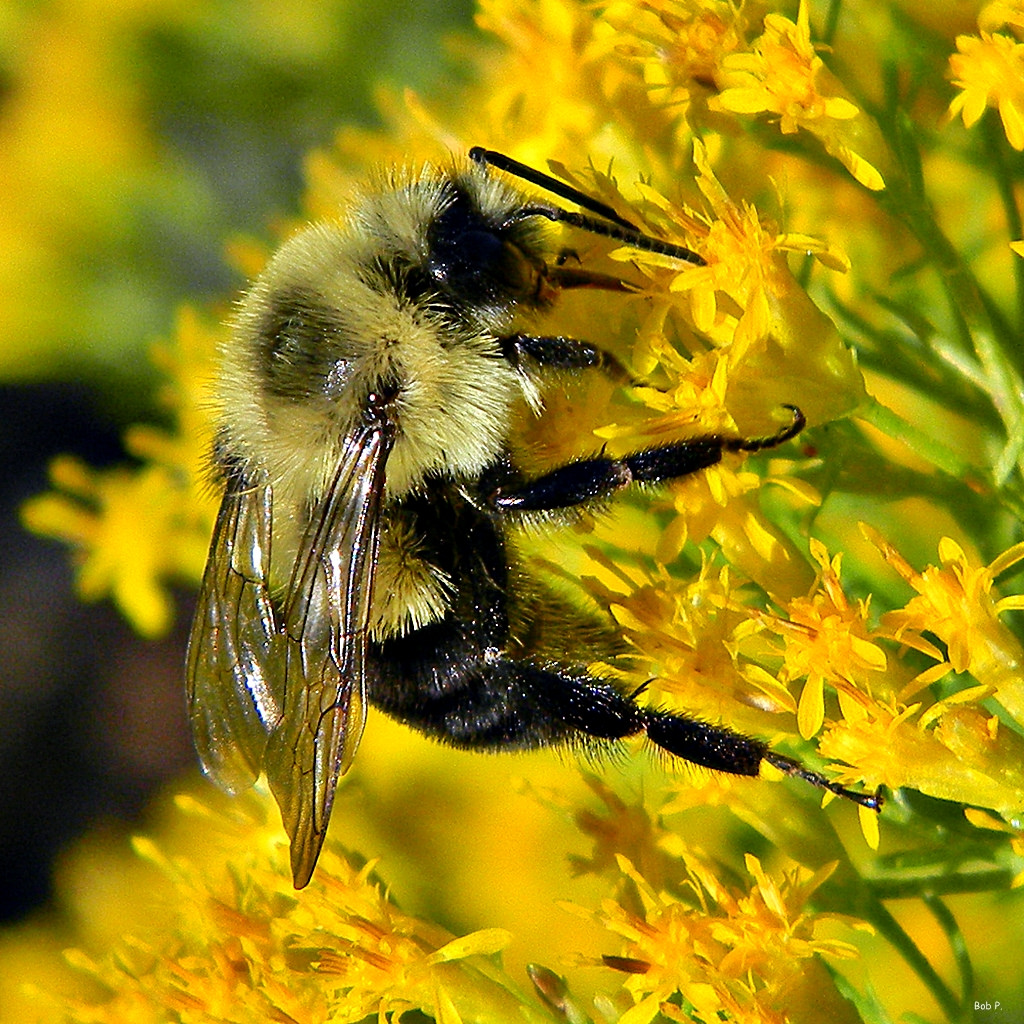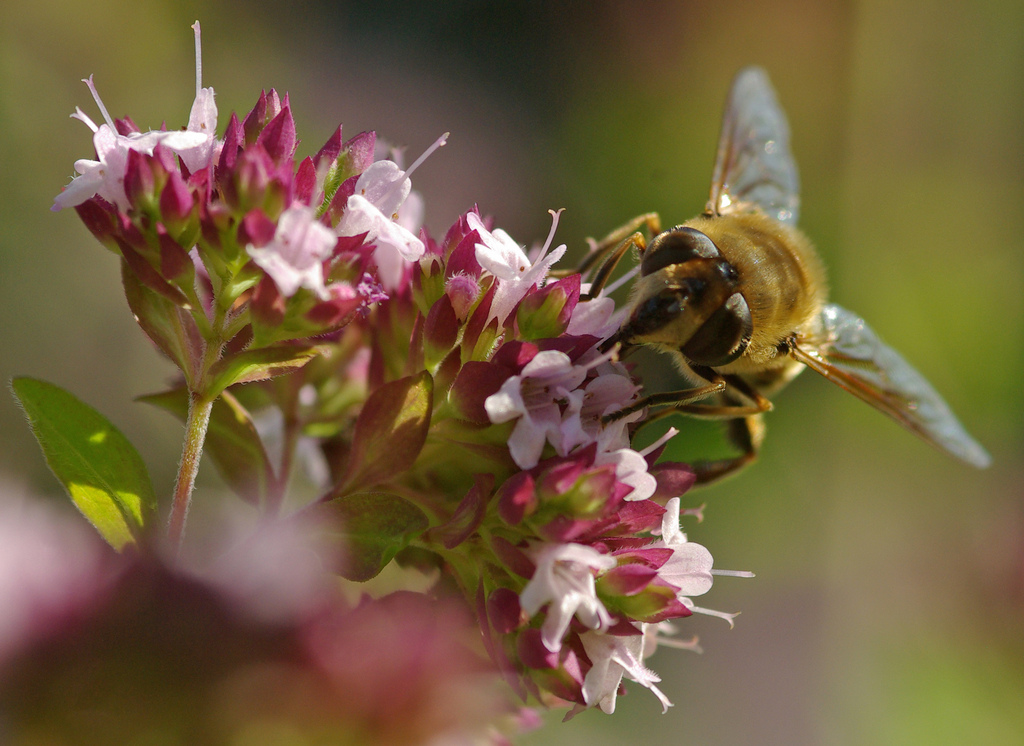bees
Carbon Dioxide And Bees
The decline of bee populations worldwide is a serious problem that threatens much of agriculture. From 2006 to 2011, losses in managed honeybee colonies in the U.S. averaged 33 percent a year. In recent years, beekeepers have had to replace 50 percent of their colonies each year.
Wildflower Decline
For about a decade now, insect pollinator populations have been in decline. Their decline poses a significant threat to biodiversity, food production, and human health. In fact, at least 80% of the world’s crop species require pollination, and approximately one out of every three bites of food is a direct result of the work of these pollinators. In the United States alone, insect pollinators, such as bees, butterflies, certain wasps and flies (among many others), account for an estimated $15 billion in profits annually.
Wild Bee Loss Puts Crops At Risk
Between 2008 and 2013, the United States lost nearly a quarter of its wild bees. Some 39% of our nation’s croplands rely on pollinators. Important farming regions – from California’s Central Valley to the Midwest’s Corn Belt – are among the areas grappling with wild bee declines.




